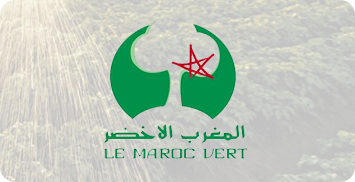


Youssef Ben Tachfin Dam, Massa, Morocco



One of the major projects launched in 2008 by the country is the Green Morocco Plan (PMV), this initiative has as its guidelines “economic efficiency, social equity and the preservation of natural resources” according to the Moroccan Ministry of Agriculture. The objective of the Green Morocco Plan was to make Morocco an agricultural exporting power.
According to the Moroccan Agriculture Agency for Development (ADA) After ten years of implementing the Green Morocco Plan, Between 2008 and 2018, the agricultural sector attracted investments totaling 104 billion MAD, with 40% from public sources and 60% from private investors. State incentives via the Agricultural Development Fund rose by 112%, generating 2.85 MAD for every Dirham of support. The agricultural GDP grew at an annual rate of 5.25%, compared to 3.8% for other sectors. Agricultural exports surged by 117%, increasing from 15 billion MAD to 33 billion MAD. The Green Morocco Plan created 342,000 jobs and raised the average working days per worker from 110 to 140.
In solidarity-based agriculture, 989 projects benefited 730,000 people, leading to the planting of 438,455 hectares, the establishment of 450 value-added units, the development of 83,960 hectares of hydro-agricultural areas, the improvement of 39,185 hectares of pastoral land, and the opening of 545 kilometers of rural roads. The enactment of Law No. 25-06 on geographical indications also boosted local products, recognizing 62 labeled items, upgrading 720 cooperatives (benefiting 20,000 people), constructing and equipping 484 value-added units, and listing 3,000 products in major retail stores, generating nearly 80 million MAD in turnover.


Share article: